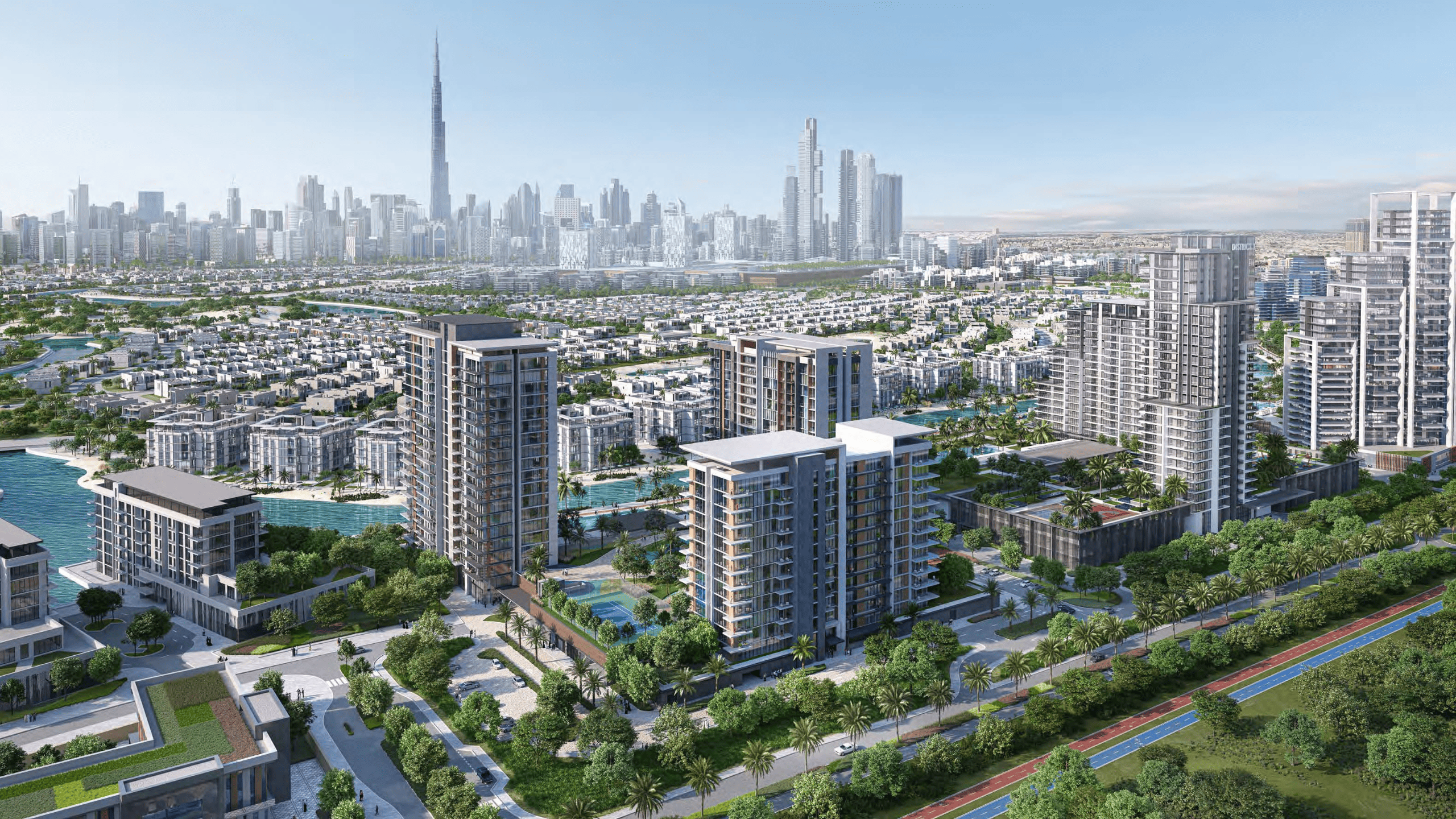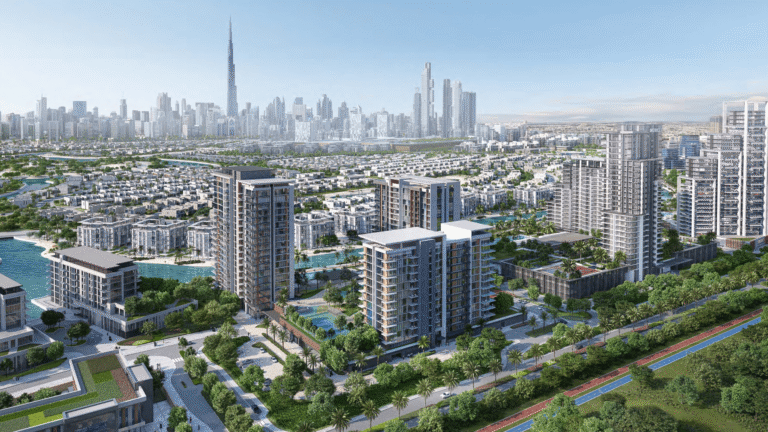The UAE: A Strategic Geographic Advantage

The UAE’s prime location at the heart of Europe, Asia, and Africa has been instrumental in its rise as a global trade hub. Its strategic position in the Arabian Gulf, coupled with world-class infrastructure and a conducive business climate, has solidified its dominance in the Middle East.
Beyond its economic importance, the UAE’s geography is a defining factor in its identity. Its diverse landscape, from arid deserts to stunning coastlines, contributes to its allure as a tourist destination. Additionally, the country’s historical and geographical context has shaped its current role as a political and economic powerhouse.
With its capital Abu Dhabi and the dynamic city of Dubai, the UAE stands as a beacon for businesses and investors worldwide. Its proximity to key markets and major shipping lanes further enhances its status as a global trade cent
Unique Geographical Features of the UAE
The UAE’s strategic location offers special geographical features that contribute to its distinctiveness and allure. Here are some noteworthy aspects:
- Varied Landscape:
The UAE has a diverse terrain, ranging from vast deserts like the Rub’ al Khali to stunning mountain ranges like the Hajar Mountains. This diverse landscape provides opportunities for adventure tourism and outdoor activities.
- Pristine Coastline:
With a lengthy coastline along the Persian Gulf, the UAE boasts breathtaking beaches and crystal-clear waters. Destinations such as Jumeirah Beach and Corniche Beach offer residents and visitors a chance to relax, unwind, and indulge in water sports.
- Strategic Borders:
Sharing borders with Oman to the east and Saudi Arabia to the south and west, the UAE’s strategic positioning enhances the regional influence and facilitates cross-border trade and collaboration.
- Robust Investment Environment:
The UAE government’s strategic focus on creating a favorable investment climate has led to developing of world-class infrastructure and business-friendly policies. This attracts international investors and bolsters economic growth.
- Key Ports:
The UAE is home to major ports such as Jebel Ali Port, Khalifa Port, and Port of Fujairah. These state-of-the-art facilities serve as vital hubs for global trade, contributing to the country’s status as a critical logistics and maritime center.
The UAE’s geographical features, forward-thinking strategies, and strong government support position the country as a unique destination for business, tourism, and investment.
Trade Advantages of the UAE’s Location
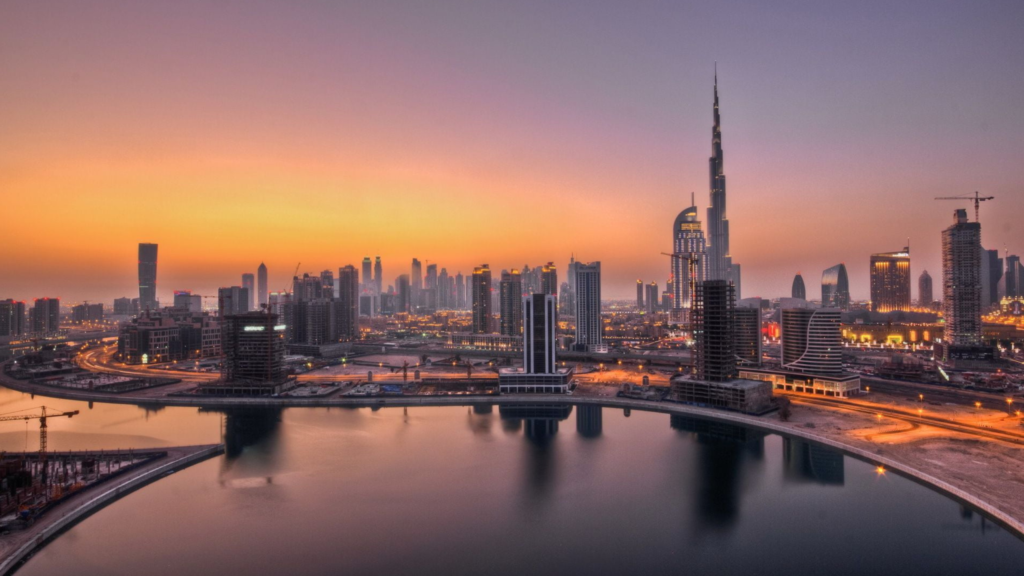
The geographical advantages of the UAE offer many benefits, especially in terms of trade. Let’s explore:
- Strategic Connectivity:
The UAE’s location and Its well-connected airports, seaports, and road networks facilitate efficient transportation of goods to and from various global destinations.
- Free Trade Zones:
The UAE’s strategically positioned free trade zones attract foreign investments and foster economic growth. These zones offer businesses tax benefits, streamlined customs procedures, and 100% ownership, making them highly attractive for commercial activities.
- Access to Emerging Markets:
The UAE’s proximity to emerging markets in the Middle East and Asia provides businesses with valuable opportunities for expansion and access to a broad consumer base.
- Infrastructure Development:
The UAE’s commitment to infrastructure development is evident in its investment in public projects. State-of-the-art facilities, such as Jebel Ali Port and Dubai International Airport, further enhance the UAE’s position as a global trade hub.
- Diverse Industries:
The UAE strategic location has led to diverse industries, including logistics, finance, tourism, and manufacturing. This diversity creates a robust and dynamic economy, attracting investors and fostering economic stability.
Considering these trade advantages, it’s clear why the UAE strategic location is a crucial driver of its economic success and plays a vital role in the country’s development and prosperity.
Climate and the UAE Economy
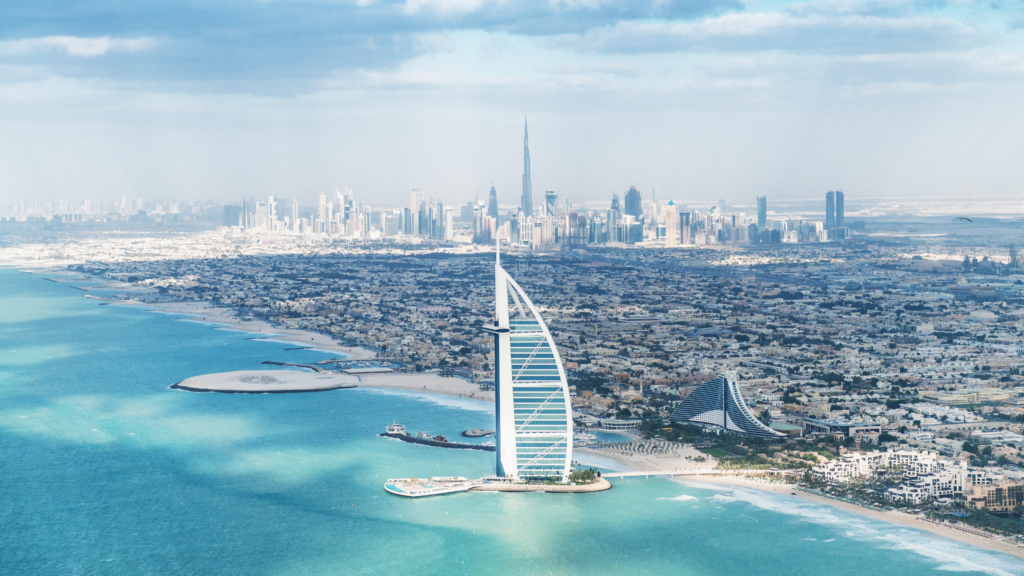
The UAE’s arid climate, while presenting challenges, has also driven economic innovation. Its strategic coastal location on the Arabian Gulf and Arabian Sea has fostered a robust maritime trade sector, positioning the nation as a regional shipping hub.
To overcome water scarcity and food security issues, the UAE has invested heavily in advanced agricultural technologies. Hydroponics and vertical farming are transforming the agricultural landscape, reducing reliance on imports while diversifying the economy.
A Historical Perspective of UAE’s Geography

The UAE’s historical location has been pivotal in shaping the region’s development and cultural heritage. Situated at the crossroads of ancient trade routes, the UAE has been a hub of commerce and exchange for centuries. Its strategic position along the Arabian Gulf and the Arabian Sea facilitated maritime trade between the East and the West, allowing goods, ideas, and cultures to be exchanged.
Furthermore, the UAE’s coastal landscapes and natural harbors provided safe havens for seafarers and traders, attracting merchants worldwide. The region’s historical significance is evident in archaeological sites, such as the ancient trading port of Mleiha and the well-preserved city of Al Ain, which offer glimpses into the UAE’s rich history and cultural diversity.
How UAE’s Location Shaped Its History
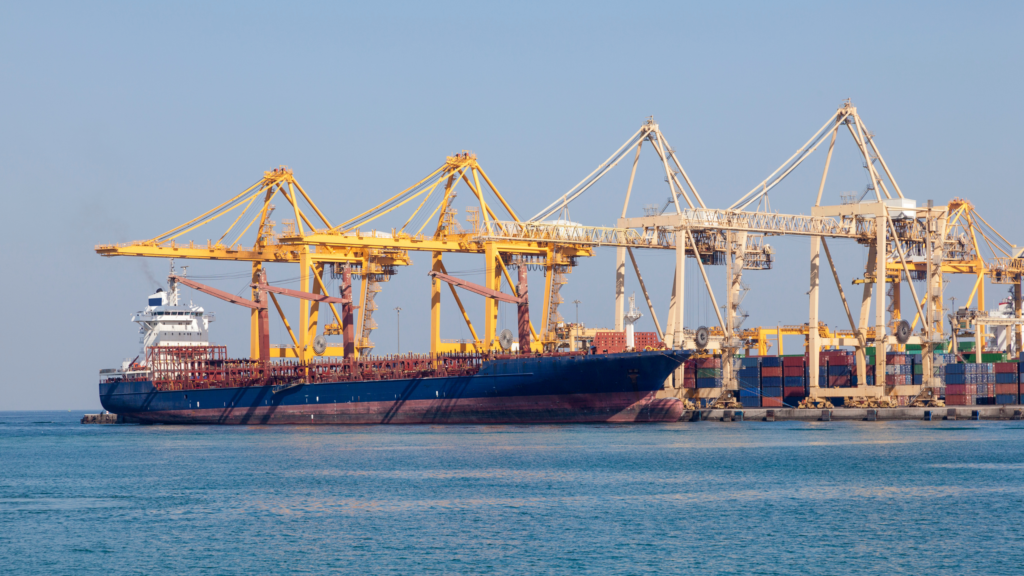
UAE Strategic Location has played a significant role in shaping the rich history of the UAE. The UAE’s geographical advantage and location features have left an indelible mark on the country’s historical narrative. Here are some key ways the UAE’s location has shaped its history:
- Crossroads of Trade:
Situated at the intersection of ancient trade routes, the UAE became a thriving hub for commerce, connecting diverse cultures and facilitating the exchange of goods and ideas.
- Coastal Connectivity:
With a vast coastline along the Arabian Gulf and the Arabian Sea, the UAE’s ports and harbors fostered maritime trade, attracting merchants worldwide.
- Cultural Fusion:
The UAE strategic location immersed it in a melting pot of cultures, resulting in a diverse society enriched by the influences of various civilizations.
- Strategic Defense:
The UAE’s geographic position provided natural defenses, protecting against potential invasions and as a buffer between neighboring regions.
- Navigational Landmarks:
Unique geographical features, such as prominent mountains and distinct landmarks, served as navigational aids for travelers and seafarers throughout history.
The UAE’s strategic location has influenced its historical development and continues to shape its present-day growth, making it a vibrant global destination.
How UAE’s Location Influences Middle East Politics
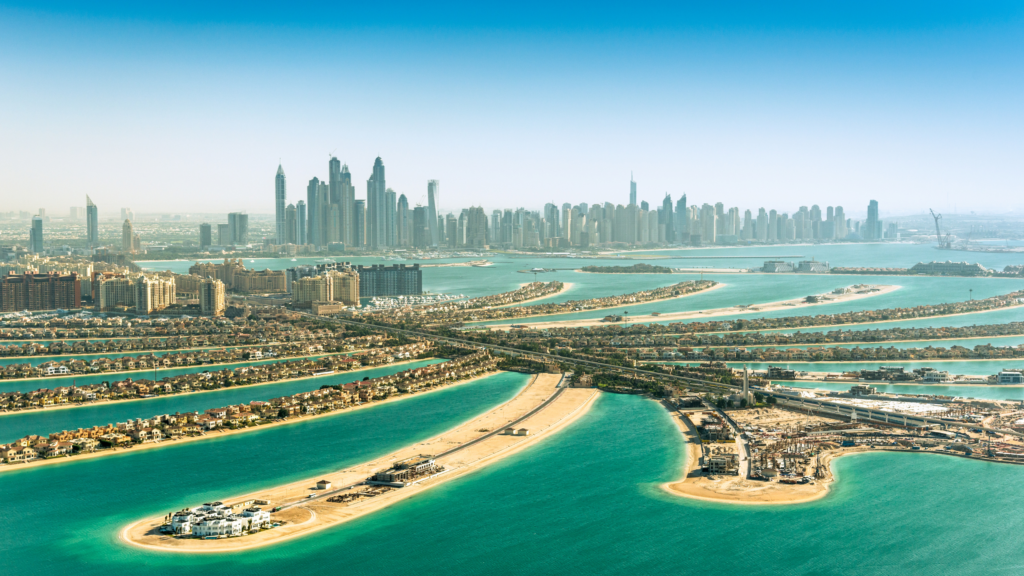
Situated in a region of geopolitical importance, the UAE Strategic Location grants it a unique vantage point to engage with neighboring countries and global powers. Its strategic position allows the UAE to mediate, facilitating diplomatic dialogues and negotiations. Additionally, the country’s stability and security are paramount in maintaining peace and strength in the Middle East.
The UAE’s strategic location has also influenced its foreign policy and alliances. It has established strong ties with regional and international powers, leveraging its position as a vital trade, energy, and security transit point. The country’s active involvement in regional conflicts and its contributions to peacekeeping efforts further exemplify the impact of its strategic location on Middle East politics.
What is the importance of the UAE’s location?
The UAE’s strategic location provides it with a crucial advantage in trade, geopolitical influence, and regional connectivity.
How does the UAE’s strategic location impact its position in global trade?
The UAE’s strategic location allows it to serve as a central trade hub, facilitating the flow of goods and connecting markets across continents.
What geographical advantages does the UAE possess?
The UAE benefits from its proximity to major shipping routes, which enables efficient logistics and trade operations, contributing to its economic growth.
Why is the UAE geographic location significant?
The UAE’s geographic location offers a gateway between East and West, fostering cultural exchange, attracting investments, and positioning it as a bridge between different regions.
How does language usage shape perceptions of the UAE’s geographic advantage?
Language plays a crucial role in shaping how people perceive and discuss the UAE’s strategic location, influencing its portrayal and understanding in various contexts.
In conclusion, by comprehending the significance of the UAE’s location, readers gain insight into the country’s role as a vital hub for international trade and its strategic position in the global landscape. The article highlights the value of the UAE’s geographic location, emphasizing its ability to leverage its surroundings for economic growth and development. Ultimately, the UAE’s strategic location continues to play a pivotal role in shaping its trajectory and reinforcing its position as a key player in regional and global affairs.



